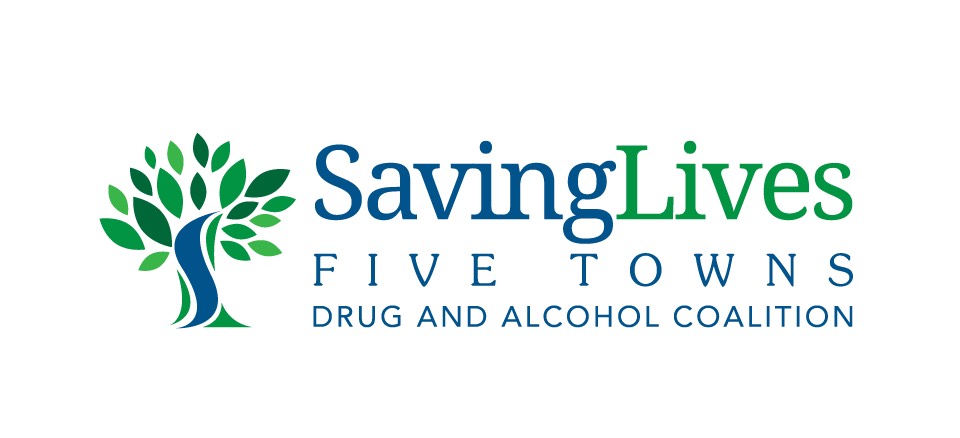TEEN MENTAL HEALTH

Mental health is an important part of overall health for children as well as adults. For many adults who have mental disorders, symptoms were present—but often not recognized or addressed—in childhood and adolescence. For a young person with symptoms of a mental disorder, the earlier treatment is started, the more effective it can be. Early treatment can help prevent more severe, lasting problems as a child grows up.
Mental Health Literacy
Pyramid Video
IMPACT OF MENTAL ILLNESS
Mental illnesses are disorders of brain function. They have many causes and result from complex interactions between a person’s genes and their environment. Having a mental illness is not a choice or moral failing. Mental illnesses occur at similar rates around the world, in every culture and in all socio economic groups.
The statistics are staggering, 1 in 5 young people suffer from a mental illness, that’s 20 percent of our population but yet only about 4 percent of the total health care budget is spent on our mental health.
MENTAL ILLNESSES
The impact is more than in statistics and factoids, it’s in feelings and emotions. It’s in our families, with our friends and in our communities. Having a mental disorder should not be any different than experiencing a physical illness. And it doesn’t have to be; you can help make a difference.
A mental illness makes the things you do in life hard, like: work, school and socializing with other people. If you think you (or someone you know) might have a mental disorder, it is best to consult a professional as soon as possible. Early identification and effective intervention is the key to successfully treating the disorder and preventing future disability. A health care professional (doctor, mental health specialist, etc) will connect the symptoms and experiences the patient is having with recognized diagnostic criteria (DSM or ICD) to help formulate a diagnosis.
The Diagnostic and Statistical Manual of Mental Disorders (DSM) is published by the American Psychiatric Association and provides a common language and standard criteria for the classification of mental disorders. It is most commonly used in North America.







